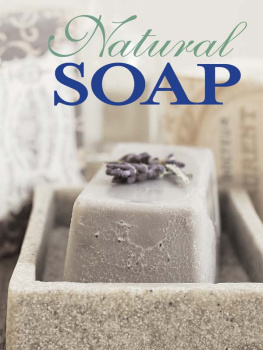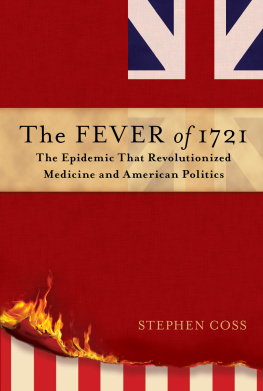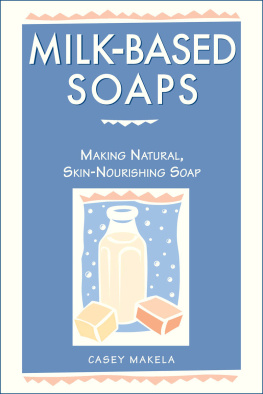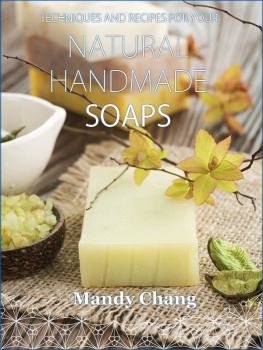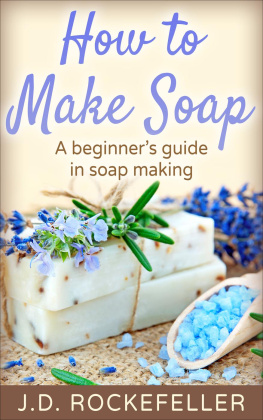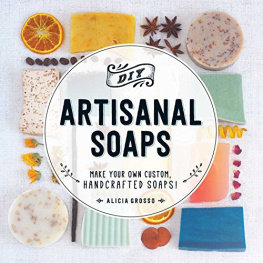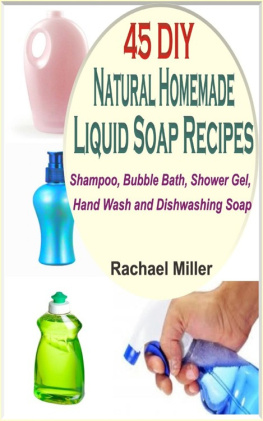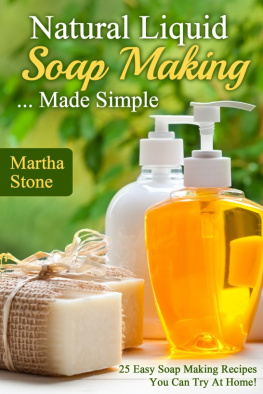Contents
Guide
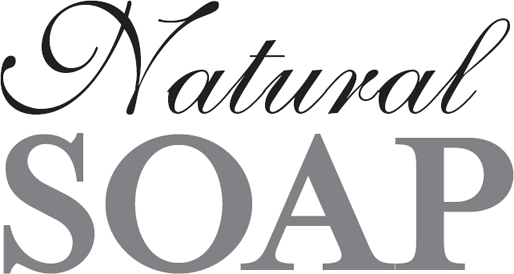

For Railea, Lily, Kai, Isabel, Leo, Max and Jed my magnificent seven.
First published in 2011 by New Holland Publishers (UK) Ltd
London Cape Town Sydney Auckland
Garfield House
8688 Edgware Rd
London W2 2EA
United Kingdom
80 McKenzie Street
Cape Town 8001
South Africa
Unit 1
66 Gibbes Street
Chatswood
NSW 2067
Australia
218 Lake Road
Northcote
Auckland
New Zealand
Text copyright 2011 Melinda Coss
Copyright 2011 New Holland Publishers (UK) Ltd
Melinda Coss has asserted her moral right to be identified as the author of this work.
All rights reserved. No part of this publication may be reproduced, stored in a retrieval system, or transmitted in any form or by any means, electronic, mechanical, photocopying, recording or otherwise, without the prior written permission of the publishers and copyright holders.
ISBN 978 1 84773 854 7
Publisher: Clare Sayer
Senior Editor: Emma Pattison
Designer: Lucy Parissi
Photography: Jon Meade
Production: Laurence Poos
10 9 8 7 6 5 4 3 2 1
Reproduction by Modern Age Repro House Ltd, Hong Kong
Printed and bound in Singapore by Tien Wah Press (PTE) Ltd
The formulations in this book are copyrighted and cannot be made for re-sale.
The soap recipes in this book are not directly converted from metric to imperial based on 28.35 g per oz but on 25 g per oz. This adjustment was made to the recipes to achieve a safe and easy-to-weigh alternative. Please use either metric or imperial measurements but dont mix the two.
The information in this book has been carefully researched and all efforts have been made to ensure accuracy. The author and publisher accept no responsibility for any injuries, damage or losses incurred either during, or subsequent to, following the instructions in this book.
Contents



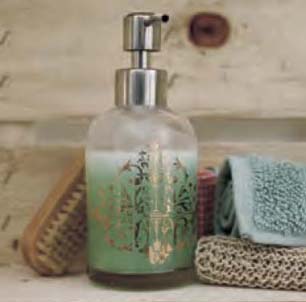
INDEX
RESOURCES

Introduction
THE VAST MAJORITY OF MY WORKING life has been spent in the design and marketing of craft products. For many years I was involved in knitting and embroidery and wrote numerous books on those subjects, but in the mid-nineties I discovered soap making and my life was turned completely upside down. It is hard to imagine how a simple bar of soap can fundamentally change lives but history shows that it truly can.
Firstly, if you look at soap as a simple hygiene product it has and does undoubtedly fight disease and save lives. In addition, soap presents creative marketing people with an irresistible blank canvas. They begin with a product that is used by men, women and children worldwide in all their wonderful shapes, colours, sizes and income brackets and create, design and package a simple bar of soap to fulfil needs, lifestyles and aspirations. I am frequently asked the question can you really make a living making and selling soap?. The answer is that 70 per cent of people use soap and the other 30 per cent just need to be persuaded. This is a dream market for an entrepreneur but your success or failure will depend on your business acumen, your creativity, your marketing skills and your product, in that order.
Soap making sent me on the hugely challenging adventure of building an enterprise from scratch with traditional values and methods and with the aim of making enough volume to supply supermarkets. My creative and business learning curve was steep and fruitful, and in the last five years I have had the privilege of sharing that learning curve with entrepreneurial spirits worldwide through my consultancy work and to teach hands-on soap making to the many hundreds of people who have attended my courses.
An even greater privilege has come from the opportunity to start social soapmaking enterprises in Africa and to discover and add value to local plants and oils that can be used in soaps and toiletries. This work has been humbling and hugely satisfying.
If you have my two earlier books The Handmade Soap Book and Gourmet Soaps Made Easy you will note many differences in method in my bar soap section. These changes come from years of experimentation and practical experience. My previous methods still work but the processes suggested in this book will make your life a lot easier.
I am also including sections on liquid soap making and on creams and lotions. Liquid soap outsells bar soap eight to one so if you want to run a business its a good skill to master. Creams and Lotions give you the opportunity of experimenting with all the wonderful luxury oils without worrying about caustic substances the products you can produce at home in your kitchen are just wonderful but dont take my word for it, make them and see for yourself!
Finally, for those soap entrepreneurs of the future I have included a section on setting up a business.
Enjoy !
Ingredients
SOAP IS THE RESULT OF COMBINING AN alkali with an acid. The alkali used to make bar soap is sodium hydroxide (also known as caustic soda, NaOH and lye) and the alkali used to make liquid and soft soaps is potassium hydroxide. The acid can be any kind of oil or fat, be it animal or vegetable. If you think of all the wonderful plant derived oils and fats that are available you will realise what a huge palette this gives you to play with. In the following section I will explain the virtues of various oils and additives and hopefully help you to make your ideal product.
Creams and lotions are a combination of oils/fats/butters, water additives and an emulsifier to hold them together. They contain no harsh chemicals and making them is a similar experience to that of making mayonnaise. Reserve the use of your finest grade base and essential oils for making creams and lotions here the benefits will really come through.

Once you have your basic product formula there are many ingredients you can use to add colour, texture and fragrance and this section should give you plenty of ideas.
If you think sensibly about the fact that oils are mixed with a caustic solution to create soap, you must also realise that the caustic element will, certainly to some degree, destroy the natural benefits of any chosen oil. For this reason, and for reasons of economy (oils are becoming very costly), it is wise not to invest in top grade refined oils when making soap. Many companies boast the use of virgin olive oil in their products, but in reality pomace (the roughest grade of olive oil produced from the third pressing of the fruit) creates far better soap. Some olive oils sold as pomace are in fact blended so take care to read labels before you buy as you need a 100 per cent olive pomace oil. Essential oils need not be top grade but they should be 100 per cent pure and not blended with alcohol or enhancers. Always buy your ingredients from a reputable supplier (the stockist list on page 143 should help you to find one).

